What is Graphene Yarn?
Graphene filament yarn is an innovative material that combines graphene and traditional fibers. Graphene is a two-dimensional material composed of a single layer of carbon atoms, which has high strength, low resistivity, good thermal conductivity and electrical conductivity. Combining graphene with fibers such as polyester or nylon can give the yarn a variety of functional properties.
Featured
Antibacterial
Graphene is able to kill bacteria by disrupting their cell membranes and causing the efflux of proteins and other substances.
Far Infrared Ray
Graphene can absorb and reflect up to 40% of far infrared rays, which helps to increase the skin surface temperature, improve the microcirculation of the human body, and enhance the immune function.
Anti-static
Due to the good conductivity of graphene, it can effectively disperse the electric charge and has a good anti-static effect.
Anti-UV
Graphene fiber has certain anti-UV ability, which can effectively protect the skin from UV damage.
Graphene Yarn Applications
Graphene yarn has diverse applications across various industries due to its exceptional properties. Here are some key applications:
Medical Textiles: Used in wound dressings, surgical gowns, and hospital linens for its antibacterial properties, helping to prevent infections.
Smart Clothing: Integrates sensors and electronic devices into fabrics for health monitoring, fitness tracking, and interactive fashion due to its excellent conductivity.
Sportswear: Enhances athletic performance by regulating body temperature and improving microcirculation, thanks to its far-infrared radiation reflection.
Protective Gear: Ideal for making durable and safe protective gear like gloves, helmets, and outdoor clothing, owing to its high strength and UV protection.
Wearable Electronics: Used in flexible circuits and conductive threads for integrating electronic components into garments due to its superior electrical conductivity.
Home Textiles: Applied in bedding and curtains for its antibacterial and antistatic properties, enhancing hygiene and comfort.

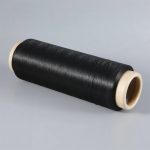



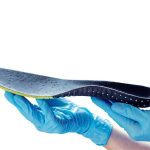
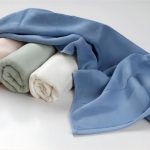
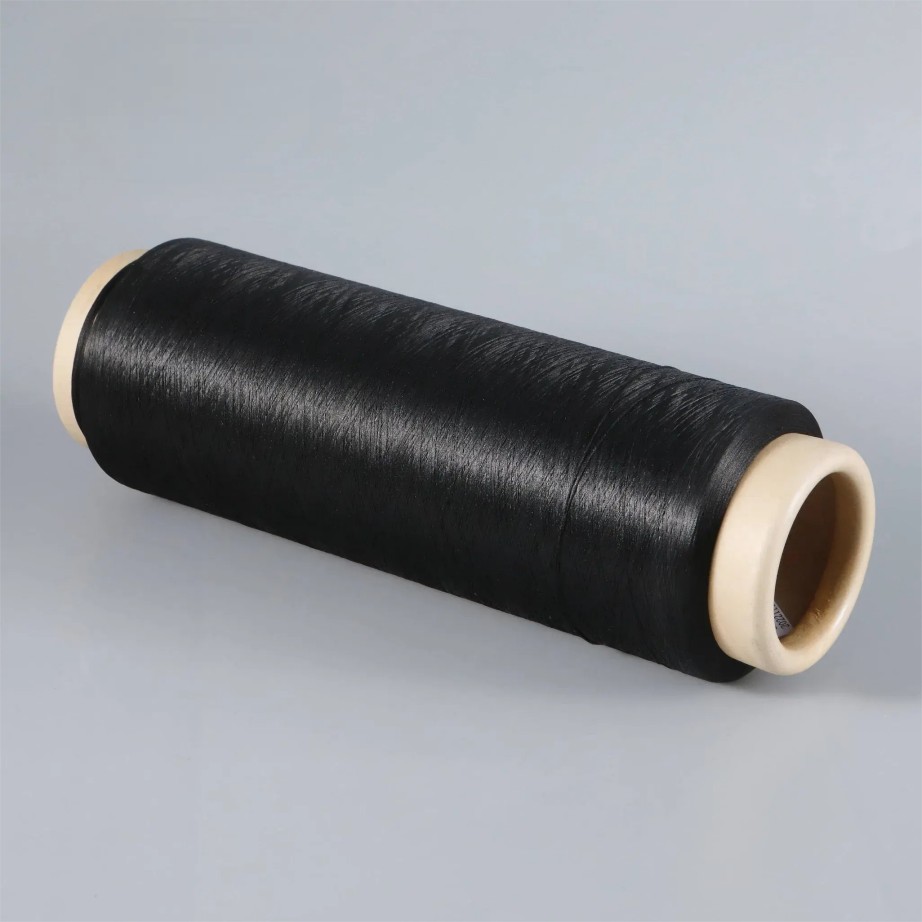
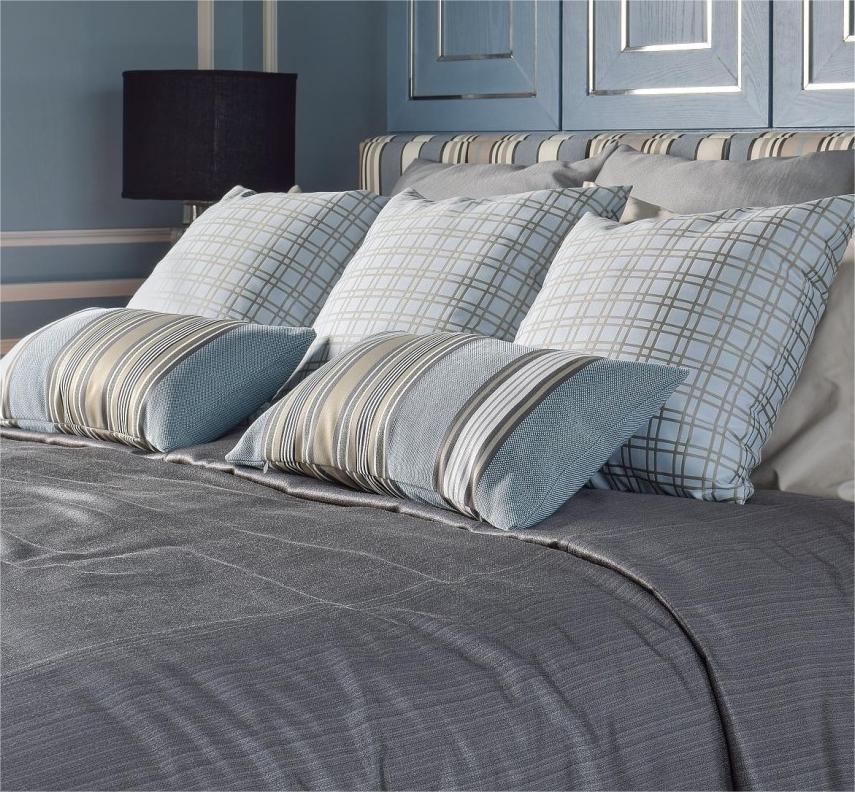


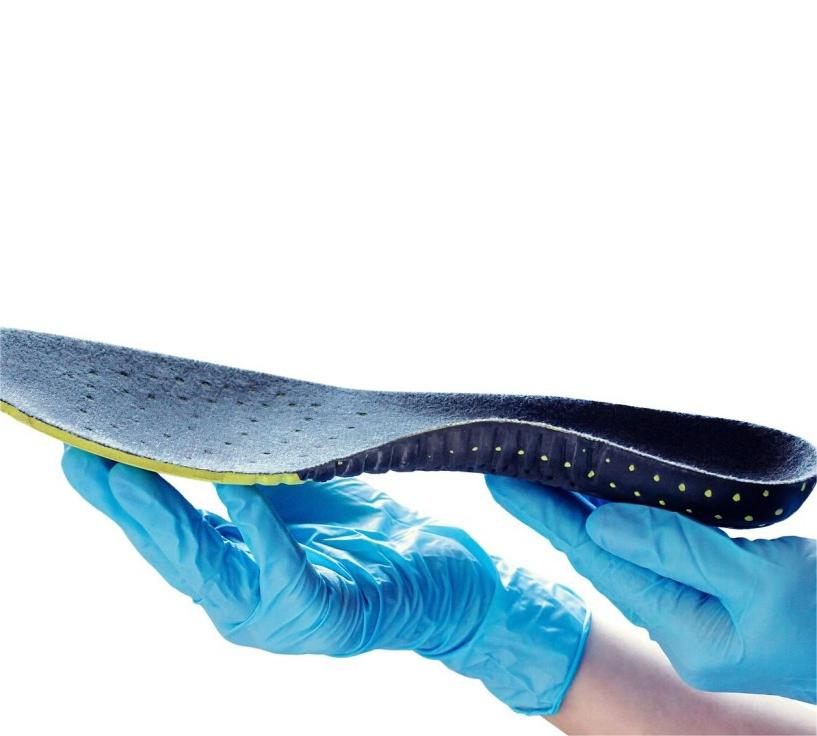
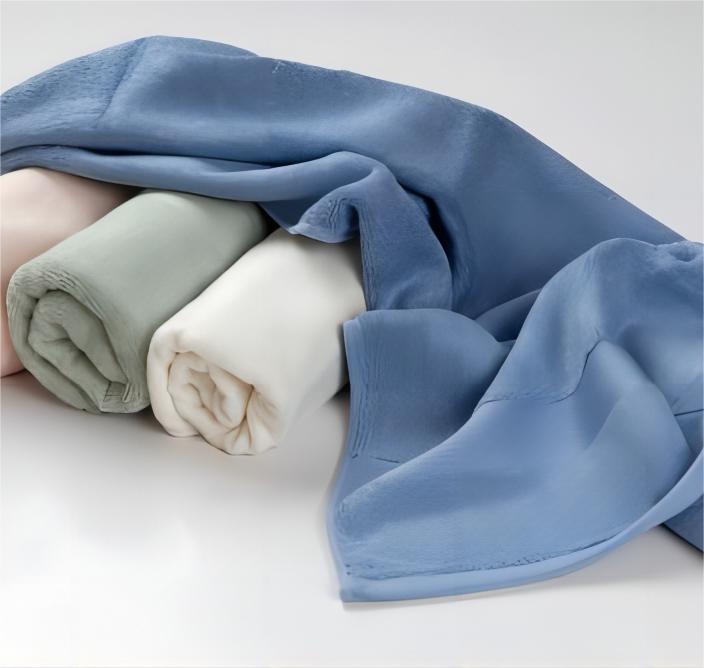
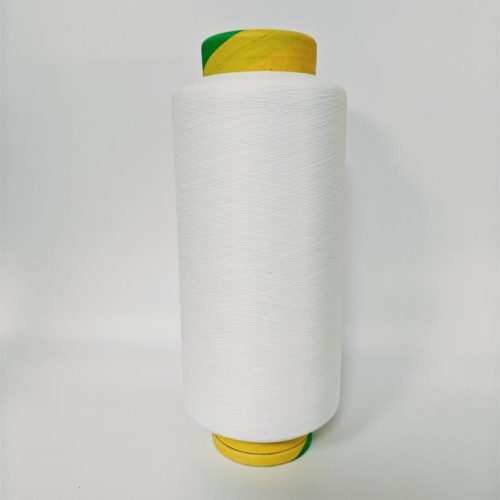
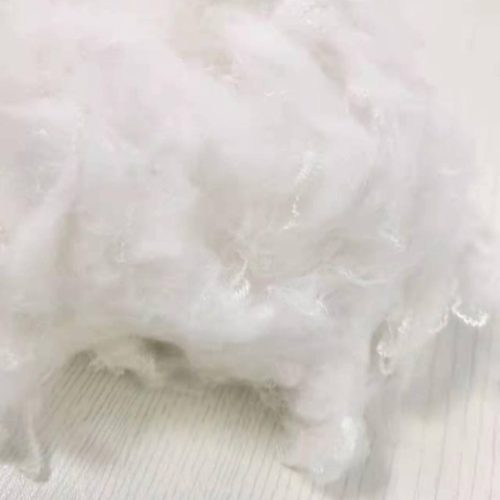
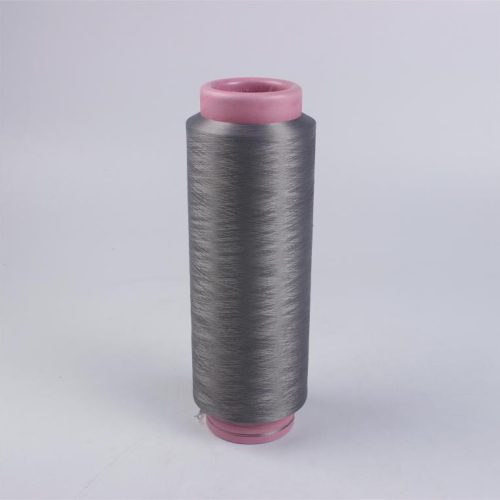
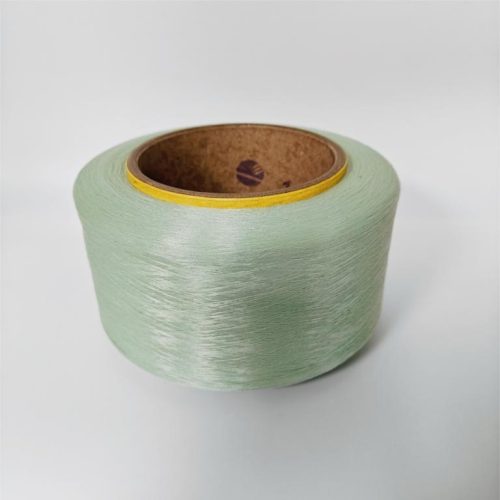
Reviews
There are no reviews yet.